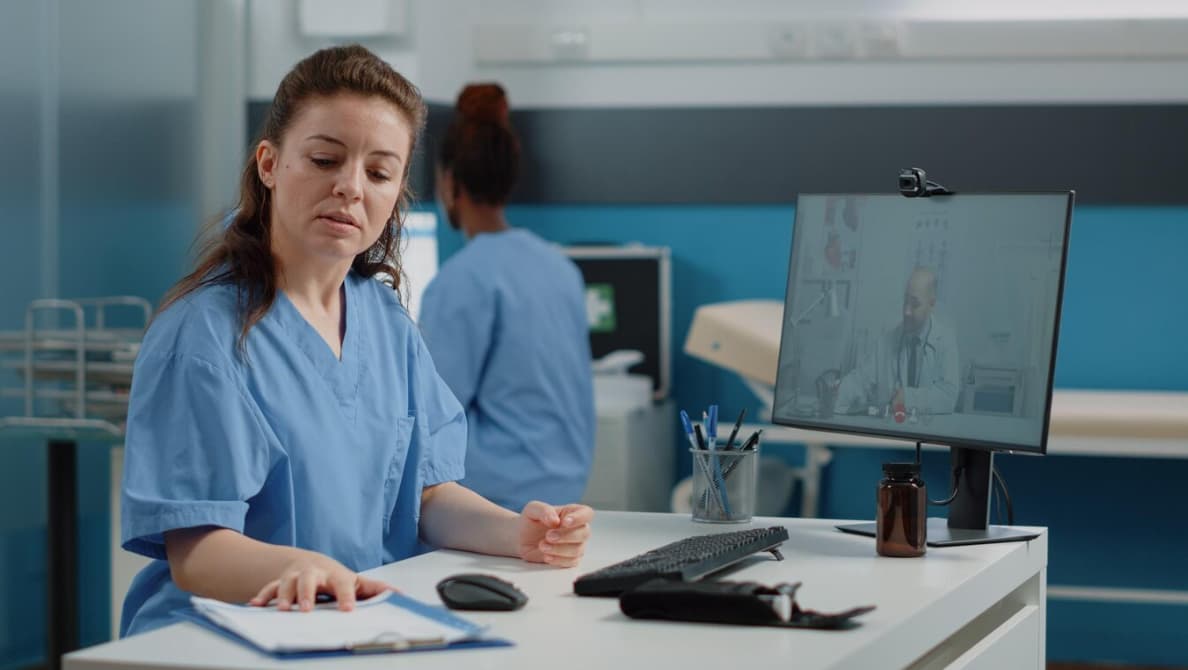Over the years, the healthcare landscape has seen Physician Assistants (PAs) becoming increasingly integral in the medical care of children. These professionals collaborate extensively with physicians across various medical disciplines, aiming to enhance the healthcare services provided to infants, children, adolescents, and young adults. The significance of their contributions is highlighted in Pediatrics, the esteemed journal of the American Academy of Pediatrics (AAPA), which acknowledges the critical role PAs play in pediatric healthcare.
The partnership between pediatricians and physician assistants is particularly strong, built on a mutual commitment to patient education, advocacy, and a keen awareness of the social and environmental influences on child health. This alignment in values and goals has fostered a unique camaraderie between the two professions.
Recent insights from the AAPA have spotlighted the growing interest in optimizing the organizational structure of pediatric care delivery, where physician assistants are pivotal. By 2020, it was anticipated that PAs would be more heavily relied upon in primary care settings for children, including those hospitalized in both intensive care and general pediatric units. This shift is partly a response to ongoing physician shortages in certain regions and the continuous efforts to curb healthcare costs.
Physician Assistants in Pediatrics: Scope and Settings
Physician assistants in the pediatric field find themselves in diverse work environments, from outside hospital settings with inpatient care privileges to positions as house staff in pediatric or neonatal units. Their roles are multifaceted, encompassing patient history taking, physical exams, diagnosing and treating illnesses, surgical assistance, and overseeing patient care in various pediatric contexts.
In outpatient settings, PAs handle routine pediatric issues, allowing physicians to focus on more complex cases. Their work in these settings has been shown to boost patient satisfaction, increase practice efficiency, and alleviate physician workload. Typical responsibilities include diagnosing and treating minor acute illnesses, conducting wellness visits, follow-up care, family health counseling, and managing patient inquiries.
Pathway to Specializing in Pediatrics as a PA: Education and Beyond
To embark on a career as a physician assistant specialized in pediatrics, one must first obtain a bachelor’s degree, ideally in a science-related field, followed by completion of a master’s-level physician assistant program accredited by the Accreditation Review Commission on Education for the Physician Assistant. These programs, typically spanning 26 months, combine extensive education with at least 2,000 hours of clinical rotations, including a crucial pediatrics component.
Upon graduation, aspiring PAs must pass the national certifying examination by the National Commission on Certification of Physician Assistants (NCCPA) and obtain state licensure. While not mandatory for licensure, post-graduate PA programs offer an avenue for deepened expertise in pediatrics through intensive specialty training.
Advancing in Pediatrics: Certification and Resources
Achieving professional certification, such as the Pediatric Certificate of Added Qualifications (CAQ) from the NCCPA, stands as a clear indicator of a physician assistant’s (PA) dedication to and expertise within pediatric care. The path to obtaining this prestigious certification underscores a PA’s commitment to advancing their skills and knowledge in the pediatric specialty. Here’s a numbered list outlining the essential requirements for eligibility:
- PA-C Certification: The candidate must hold a current certification by the National Commission on Certification of Physician Assistants (NCCPA), signifying that they have met the national standards for knowledge and skills in general medicine;
- State Licensure: The PA must be licensed to practice in at least one U.S. jurisdiction, ensuring they adhere to state-specific legal and professional standards for patient care;
- Clinical Experience in Pediatrics: Candidates are required to have accumulated at least 4,000 hours of professional experience working in pediatrics. This equates to approximately two years of full-time work, offering extensive hands-on care to pediatric patients;
- Continuing Medical Education (CME) Credits: Prospective CAQ candidates must complete at least 150 credits of Category I CME focused specifically on pediatric practice. Of these, a minimum of 50 credits must have been earned within the two years immediately preceding the application for the CAQ. This requirement emphasizes the importance of ongoing learning and staying updated with the latest advancements in pediatric healthcare.
Fulfilling these requirements not only prepares PAs for the Pediatric Specialty Exam but also enriches their professional journey, enhancing their ability to provide exceptional care to their young patients.
For physician assistants keen on pediatric specialization, ongoing education and professional networking are key. Engaging with membership organizations and staying informed about the latest in pediatric medicine are essential steps for those looking to advance their careers in this rewarding field.
To Wrap Up
In conclusion, the role of physician assistants in pediatric healthcare is both vital and dynamic, adapting to meet the evolving needs of children’s medical care. Their collaboration with physicians, rooted in shared values of patient education and advocacy, significantly enriches the pediatric healthcare landscape. As the healthcare system continues to navigate challenges such as physician shortages and the imperative for cost-effective care, PAs in pediatrics stand at the forefront, ensuring that children receive the attentive, skilled care they deserve. The journey to becoming a specialized PA in pediatrics is rigorous, requiring dedicated education, certification, and a commitment to ongoing professional development. However, the impact of their work on the lives of young patients and their families is immeasurable, making it a profoundly rewarding career path. For those drawn to this field, the opportunities to contribute to the health and well-being of the next generation are boundless.
FAQs:
Physician assistants (PAs) and pediatric nurse practitioners (PNPs) both play crucial roles in pediatric healthcare, but there are differences in their training and scope of practice. PAs receive a general medical education that allows them to practice across various specialties, including pediatrics, under the supervision of a physician. They are trained through a medical model similar to that of physicians. On the other hand, PNPs are registered nurses who have obtained advanced training in pediatrics and often have more autonomy in their practice, depending on state laws. PNPs specialize in the care of children from infancy through adolescence, focusing on preventive health maintenance and the management of chronic and acute illnesses in this population.
Physician assistants in pediatrics can assist in surgeries under the supervision of a surgeon. Their roles in surgical procedures may include providing preoperative and postoperative care, assisting during the surgery by handling instruments, performing specific surgical tasks, and helping to manage the overall care of pediatric surgical patients. However, the extent to which a PA can participate in surgical procedures can vary by state regulations, hospital policies, and the supervising surgeon’s discretion.
To maintain certification, physician assistants in pediatrics must complete a certain number of Continuing Medical Education (CME) credits within a specific timeframe, as required by the National Commission on Certification of Physician Assistants (NCCPA). Additionally, they must pass a recertification exam every ten years. Staying current in the field also involves participating in professional development opportunities, attending pediatric healthcare conferences, engaging in peer discussions, and being active in professional organizations. These activities not only contribute to the maintenance of certification but also ensure that PAs remain knowledgeable about the latest advancements and best practices in pediatric care.




